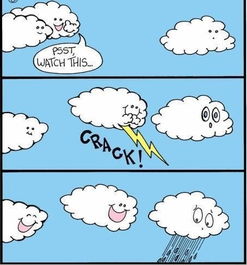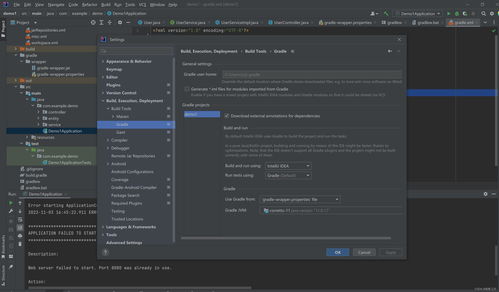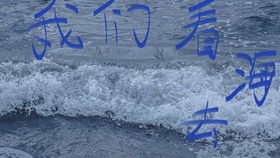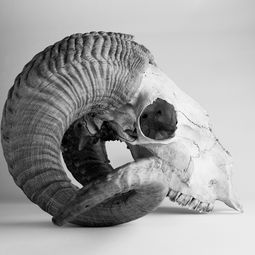Introduction:
Autumn, with its crisp air and vibrant foliage, is a serene yet productive time for anglers. The cooler temperatures and changing water conditions make it an ideal season for targeting a variety of fish species, including the popular whitebait. This article delves into the intricacies of autumn fishing and offers expert tips on how to effectively catch whitebait during this delightful season.
Understanding Whitebait Behavior in Autumn:
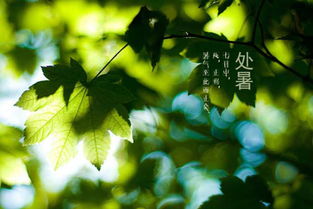
Before delving into the fishing techniques, it's crucial to understand the behavior of whitebait during autumn. As the weather cools, whitebait tend to move to deeper waters, seeking shelter and stability. They also become more active in the early morning and late afternoon, when the water temperature is most favorable. By understanding these patterns, anglers can tailor their approach to maximize their chances of success.
Choosing the Right Equipment:
The right equipment is the cornerstone of a successful fishing trip. For autumn whitebait fishing, here are some essential items to consider:
Rod and Reel: A lightweight spinning rod with a fast-action tip is ideal for whitebait fishing. A matching spinning reel with a good drag system is also necessary to handle the light tackle required.
Line: Use a monofilament line with a thickness of 4 to 6 pounds. This line is thin enough to be less visible to the fish and strong enough to handle the occasional strike.
Hooks: Small hooks, typically 1/16 to 1/8 ounce, are best for whitebait. The size should match the bait you're using.
Bait: Live bait, such as worms, maggots, or small insects, is often the most effective. Artificial lures can also be used, especially during times when live bait is scarce.
Leader: A leader of 6 to 12 inches in length made from fluorocarbon or monofilament is recommended to reduce visibility in the water.
Fishing Techniques:
Timing: As mentioned earlier, whitebait are most active during the early morning and late afternoon. These are the best times to start your fishing trip.
Location: Look for areas with structure, such as rocks, weeds, or fallen trees, as these provide shelter and attract whitebait. Deep holes and river channels are also good spots.
Depth: Cast your line into the water and allow it to sink to the desired depth. Whitebait often feed at different depths, so experiment with various depths to find the sweet spot.
Presentation: When using live bait, let the bait drift naturally. If using artificial lures, mimic the natural movement of the baitfish with short, erratic twitches.
Patience: Whitebait can be quite elusive, so patience is key. Wait for the line to tighten or feel a gentle tug before setting the hook.
Setting the Hook: When you feel a bite, set the hook gently but firmly. Whitebait are small and can be easily lost if the hook is set too hard.
Advanced Techniques:
Trolling: Trolling can be an effective method for covering more water and attracting whitebait. Use a small lure or a combination of live bait and artificial lures.
Fishing in Schools: If you locate a school of whitebait, anchor your boat and fish in that area. Use a variety of techniques to keep the fish interested.
Weather Conditions: Pay attention to weather conditions. Overcast days or days with light winds can be more productive for whitebait fishing.
Conclusion:
Autumn fishing for whitebait can be a rewarding experience for anglers of all levels. By understanding the behavior of whitebait, choosing the right equipment, and employing effective techniques, you can increase your chances of a successful outing. Remember to always respect the environment and practice catch-and-release fishing to preserve the whitebait population for future generations. Happy fishing!



